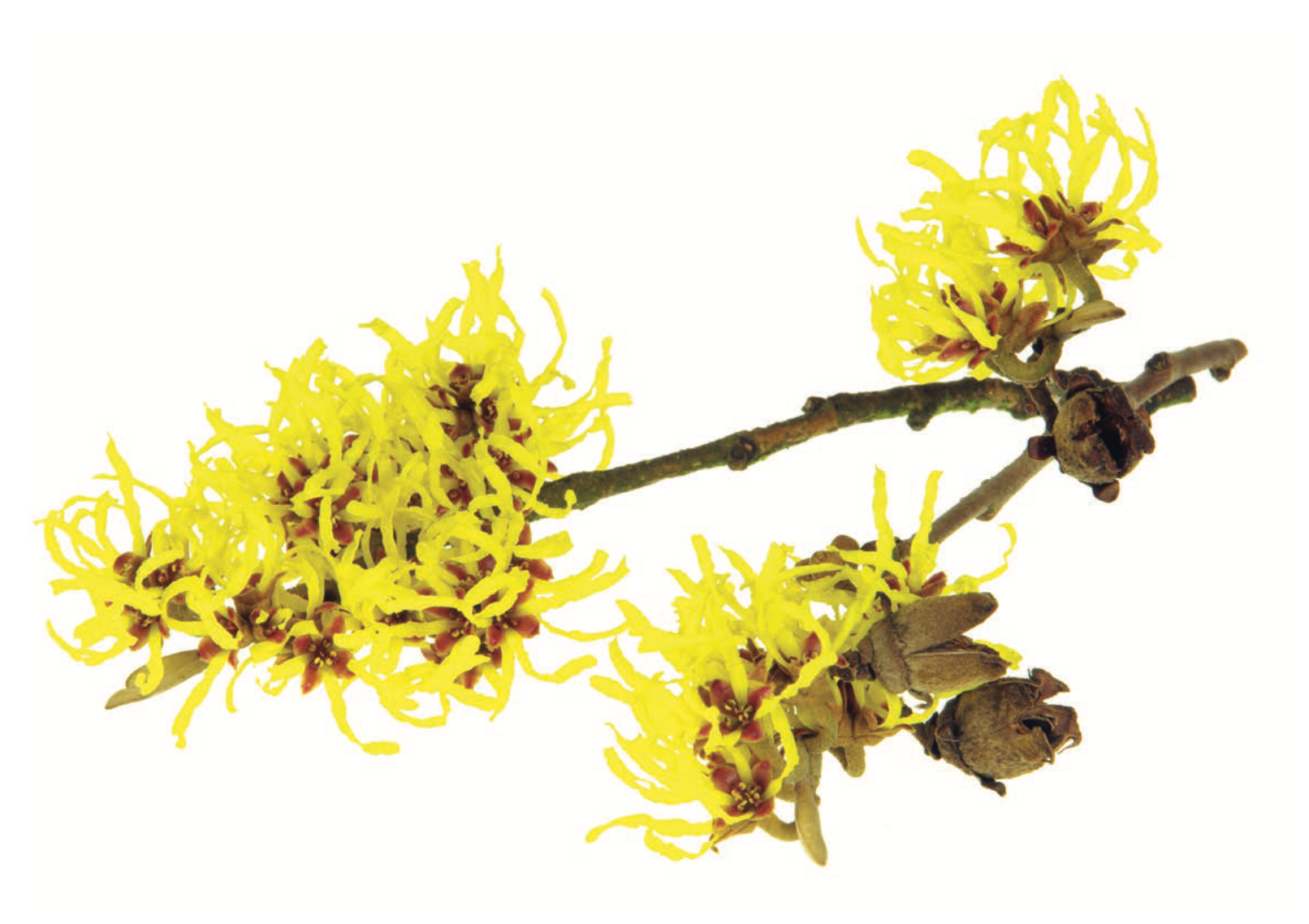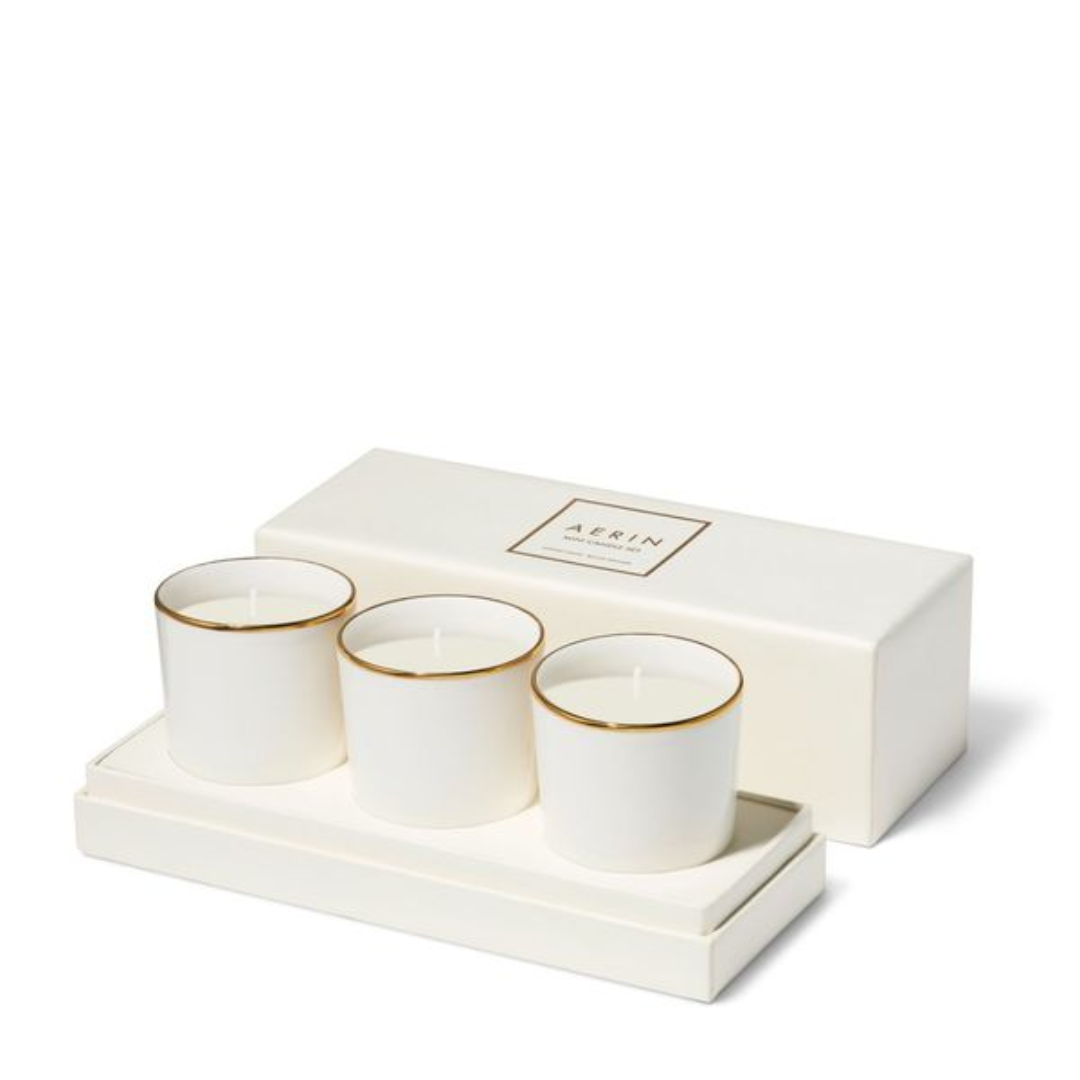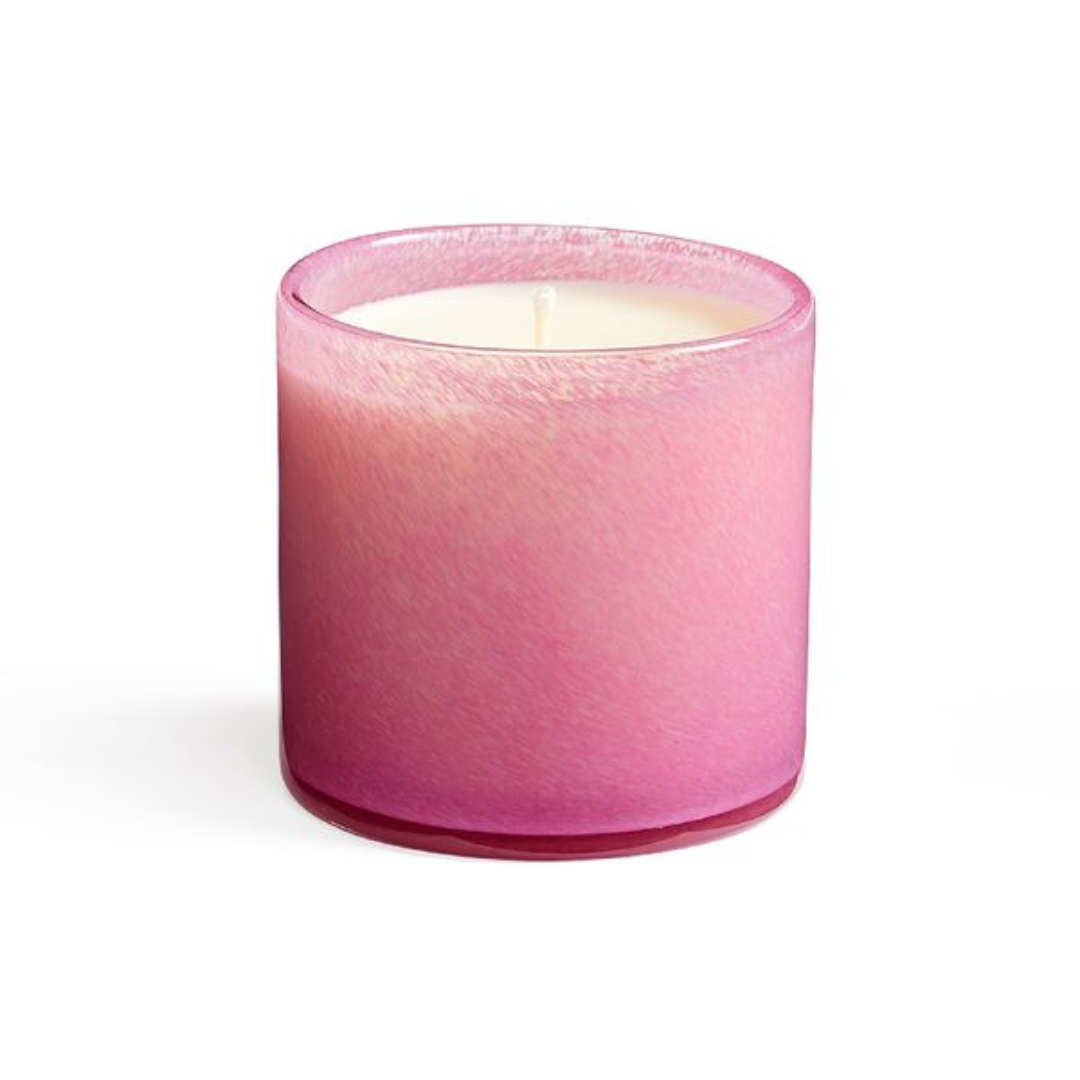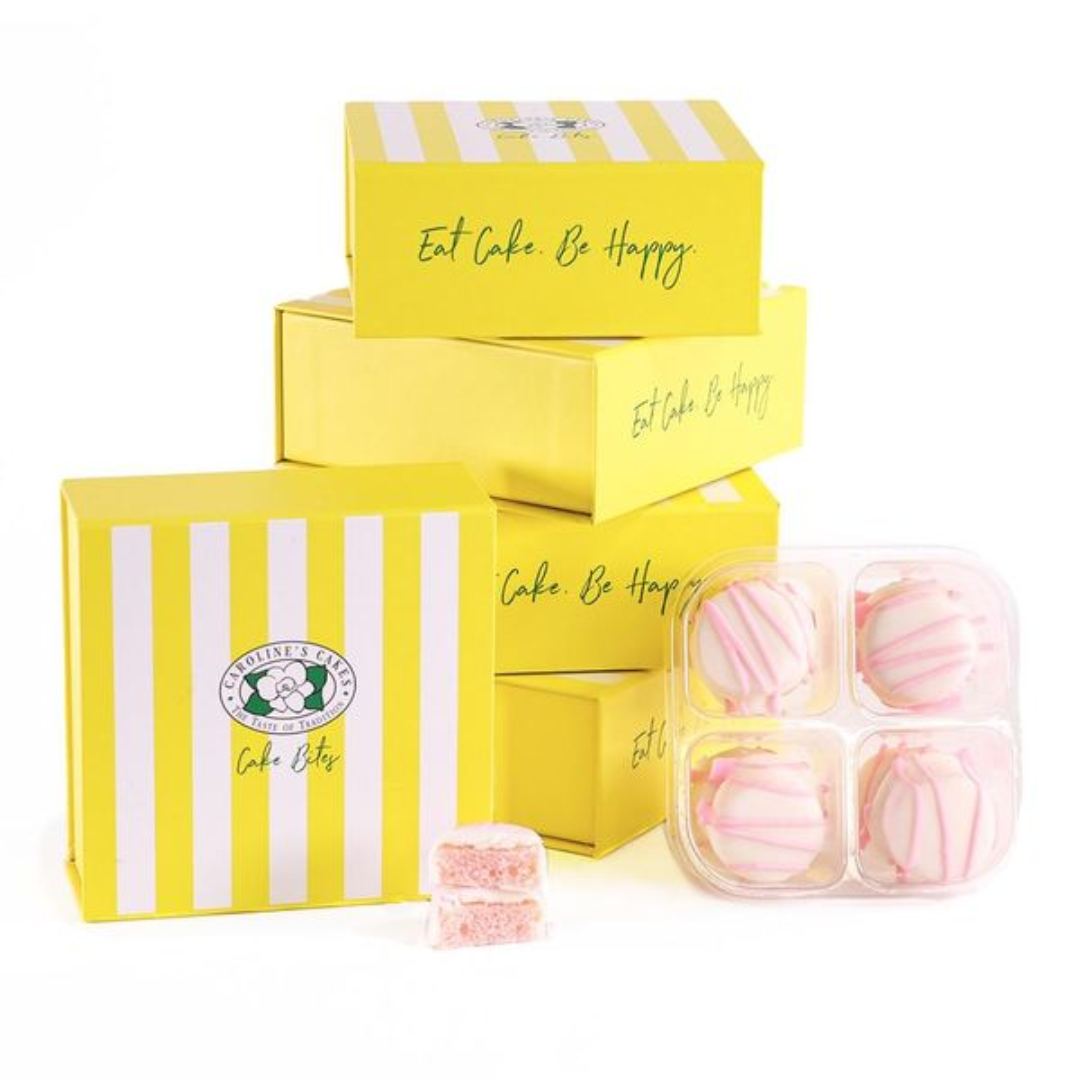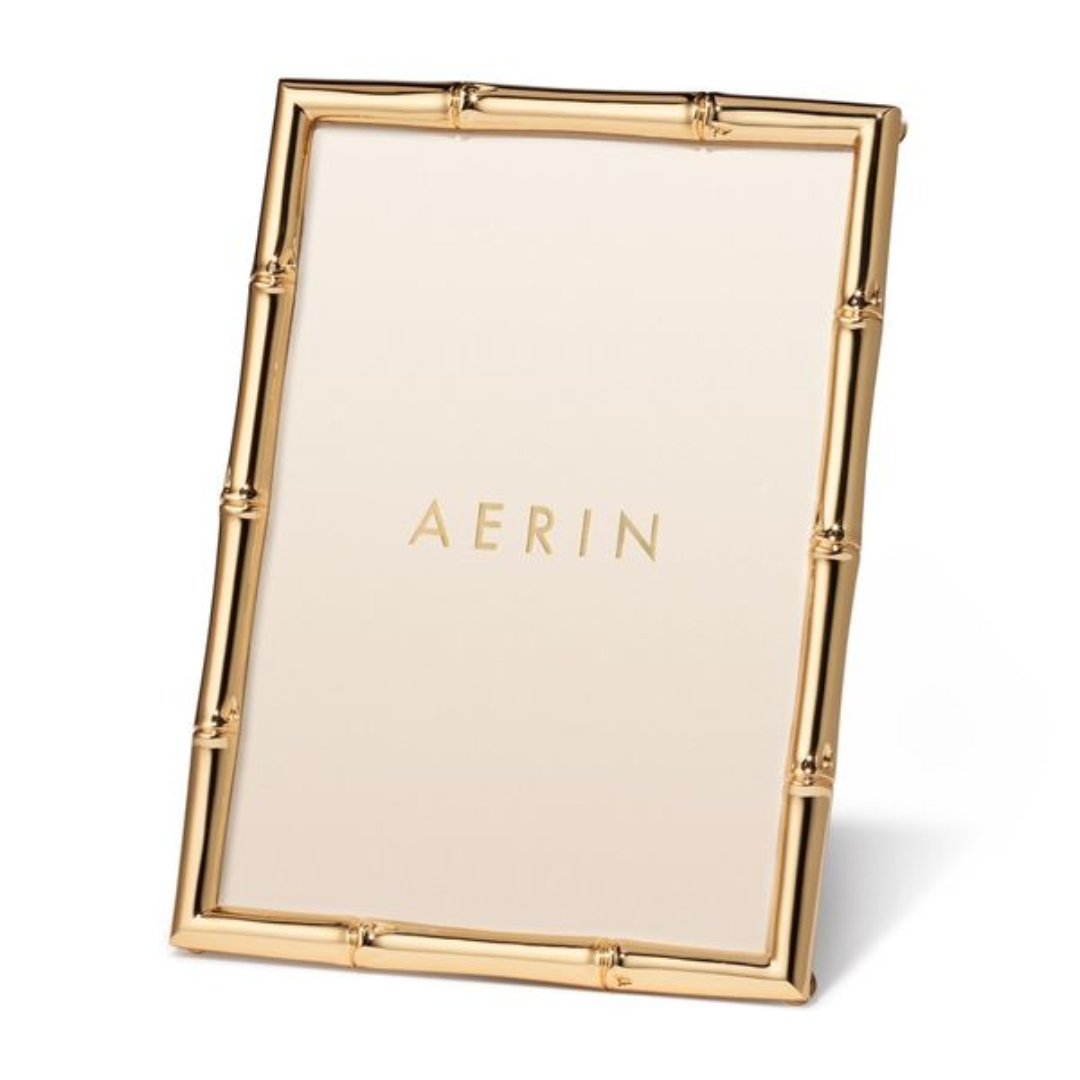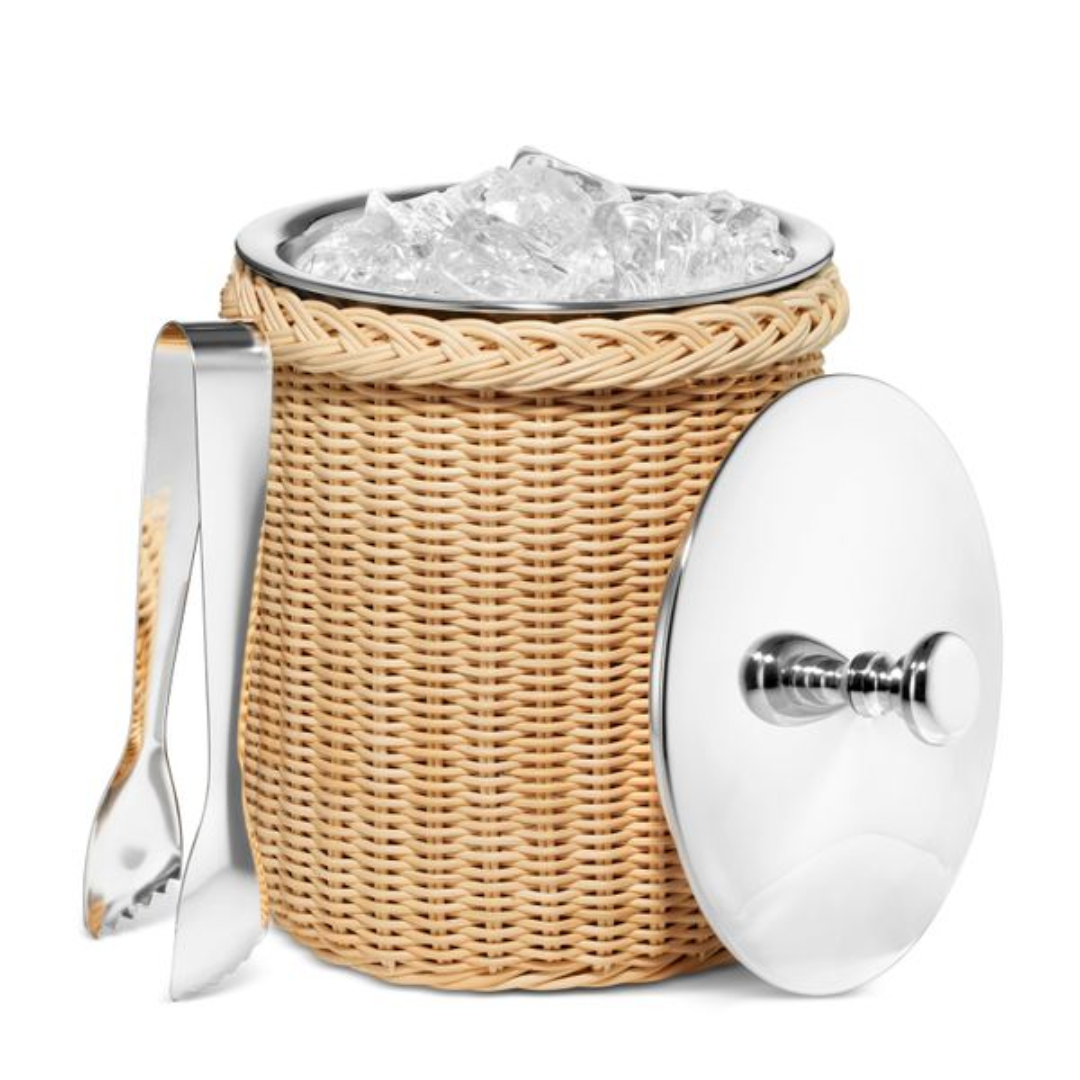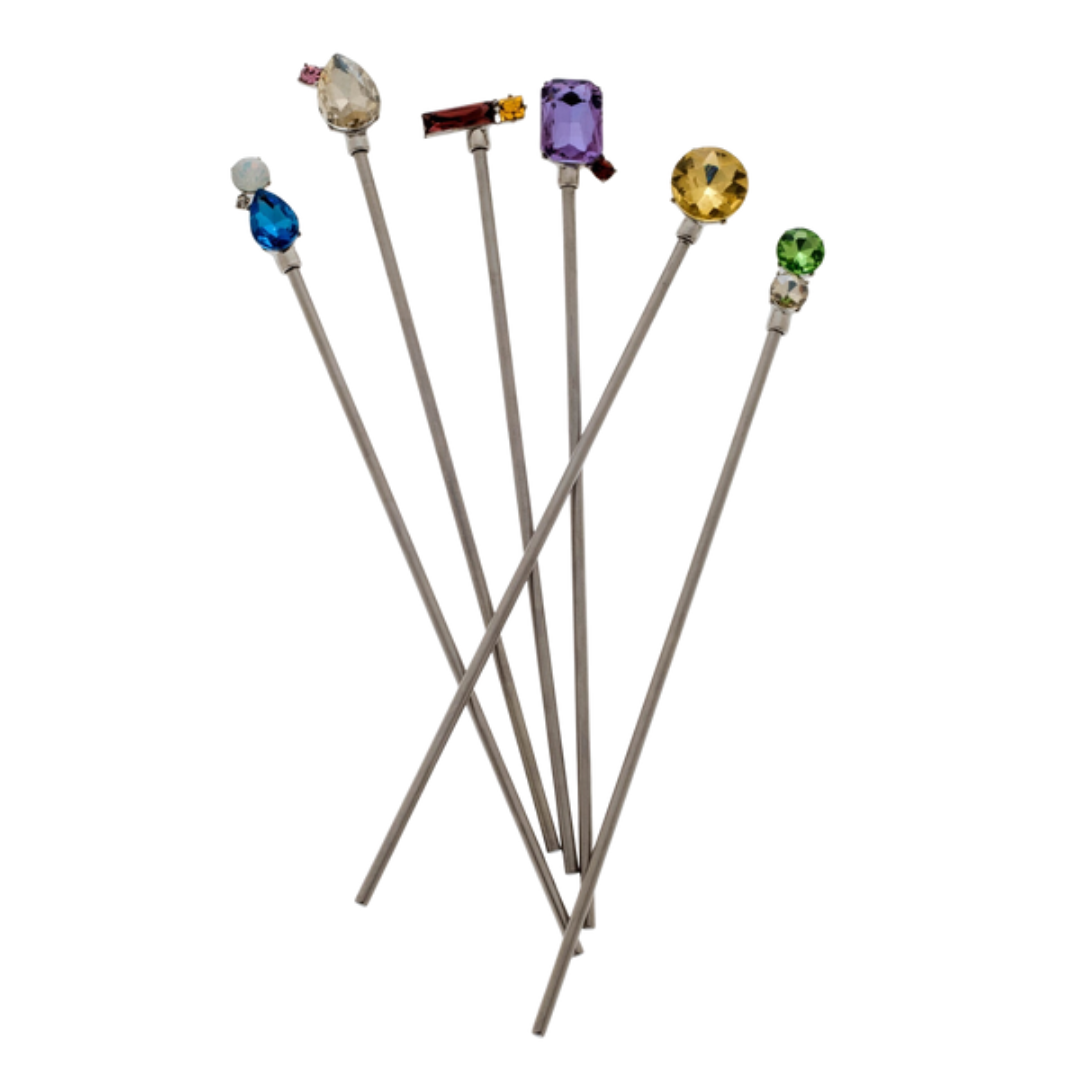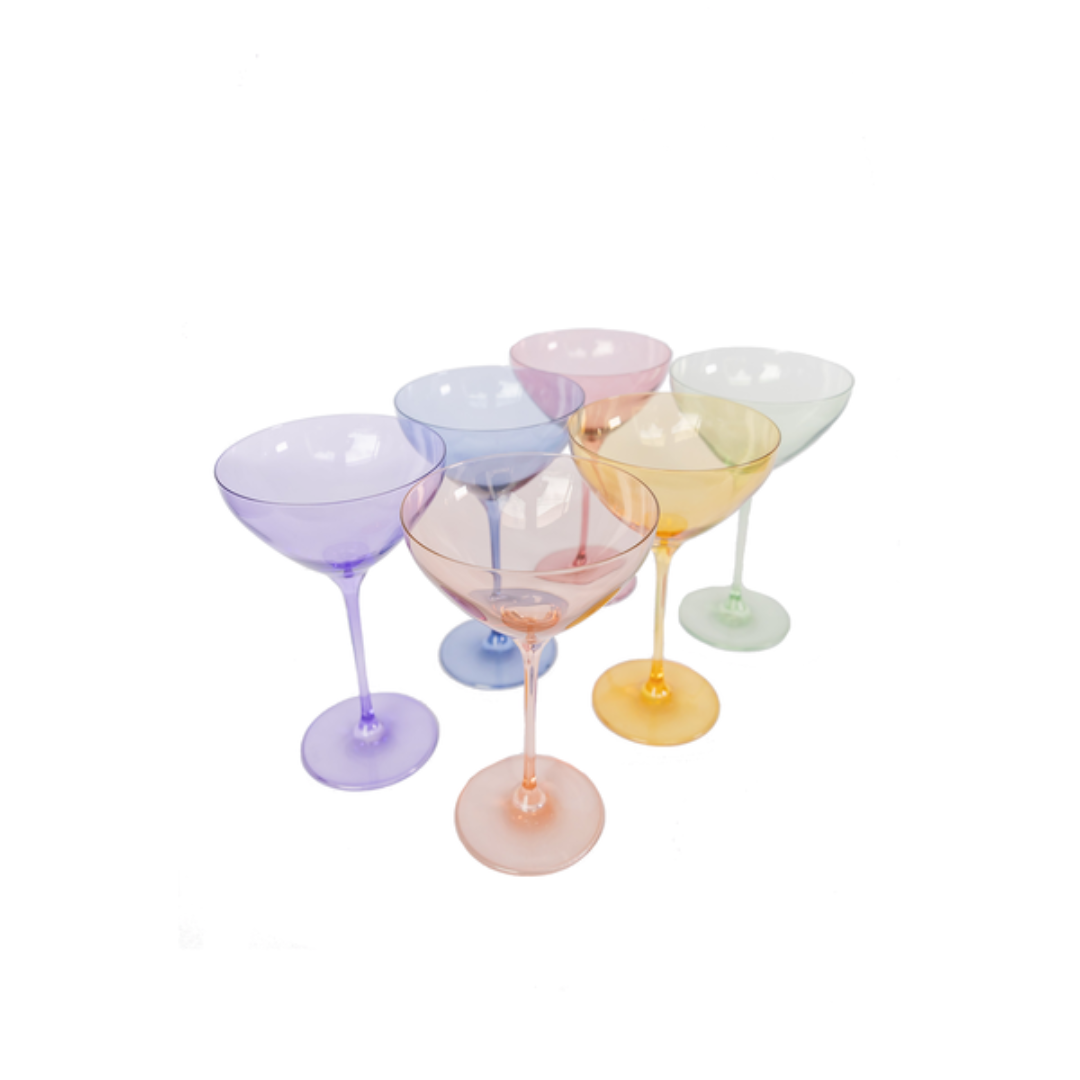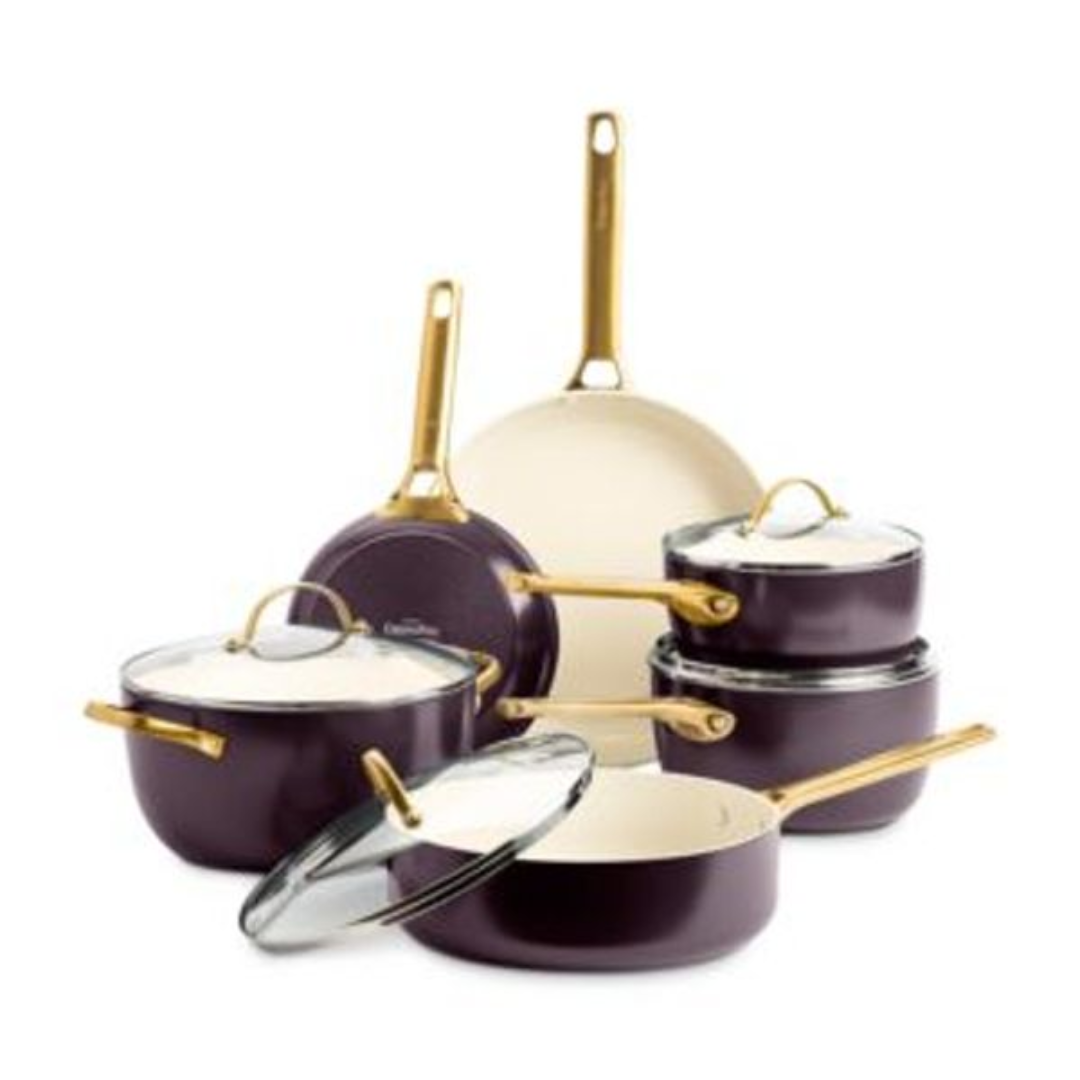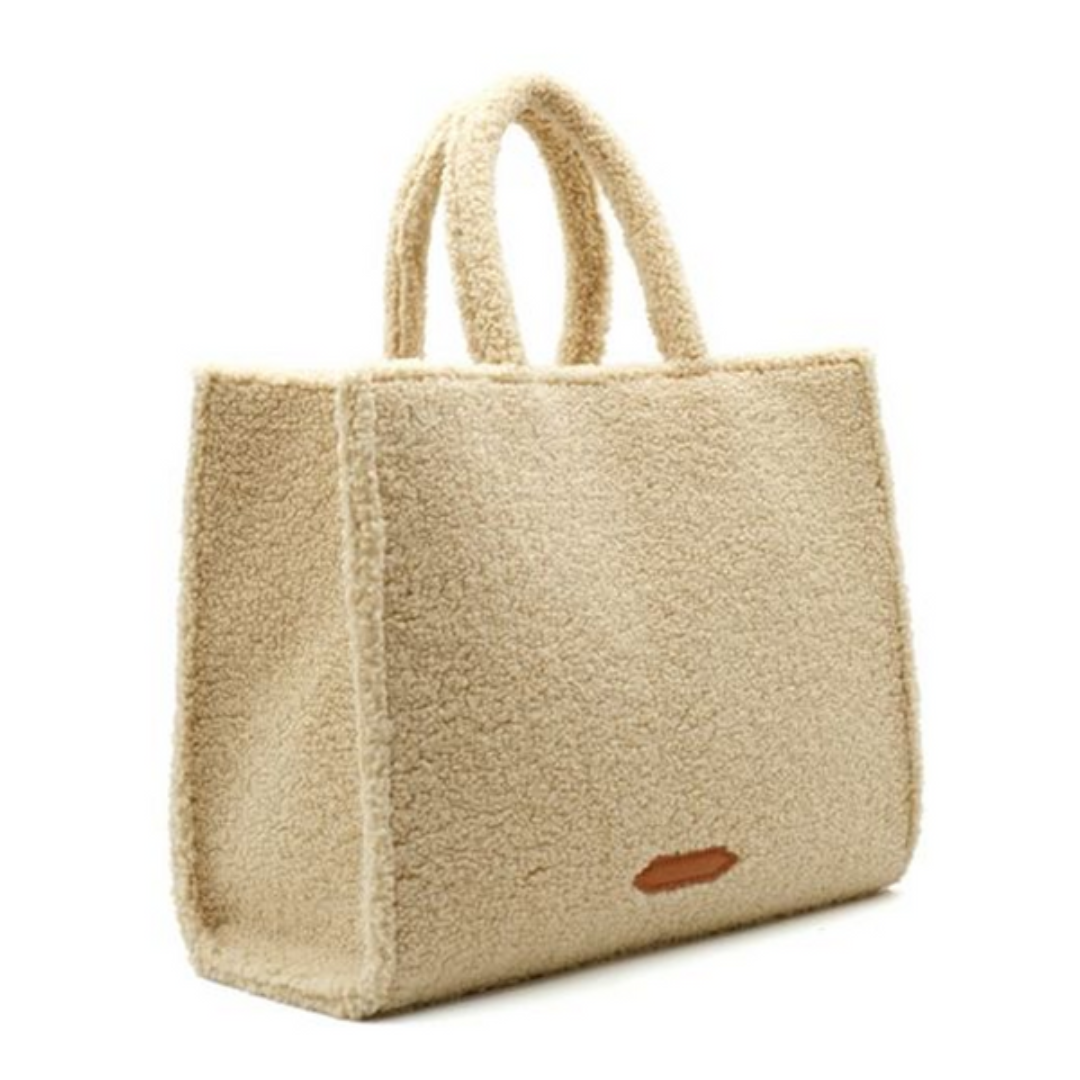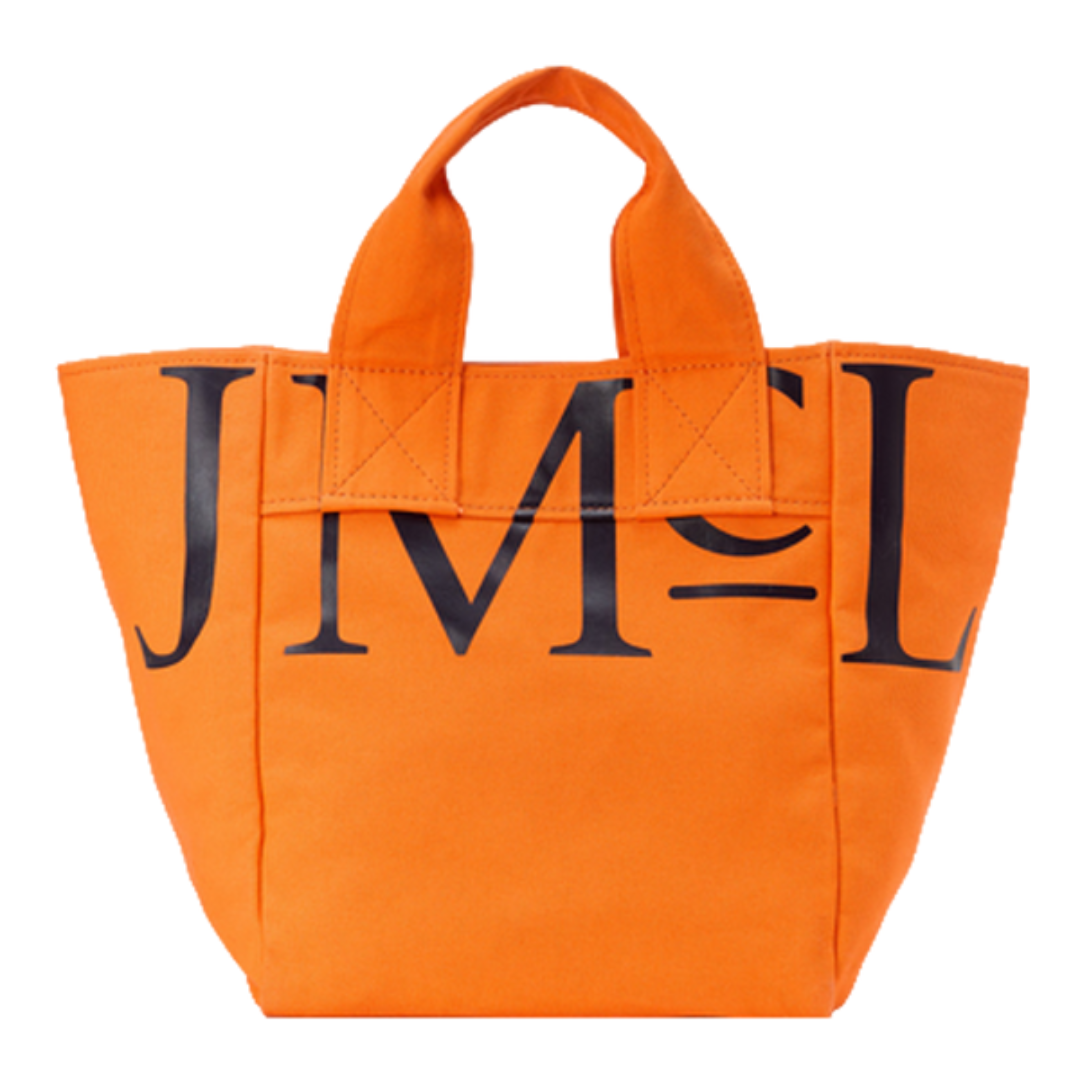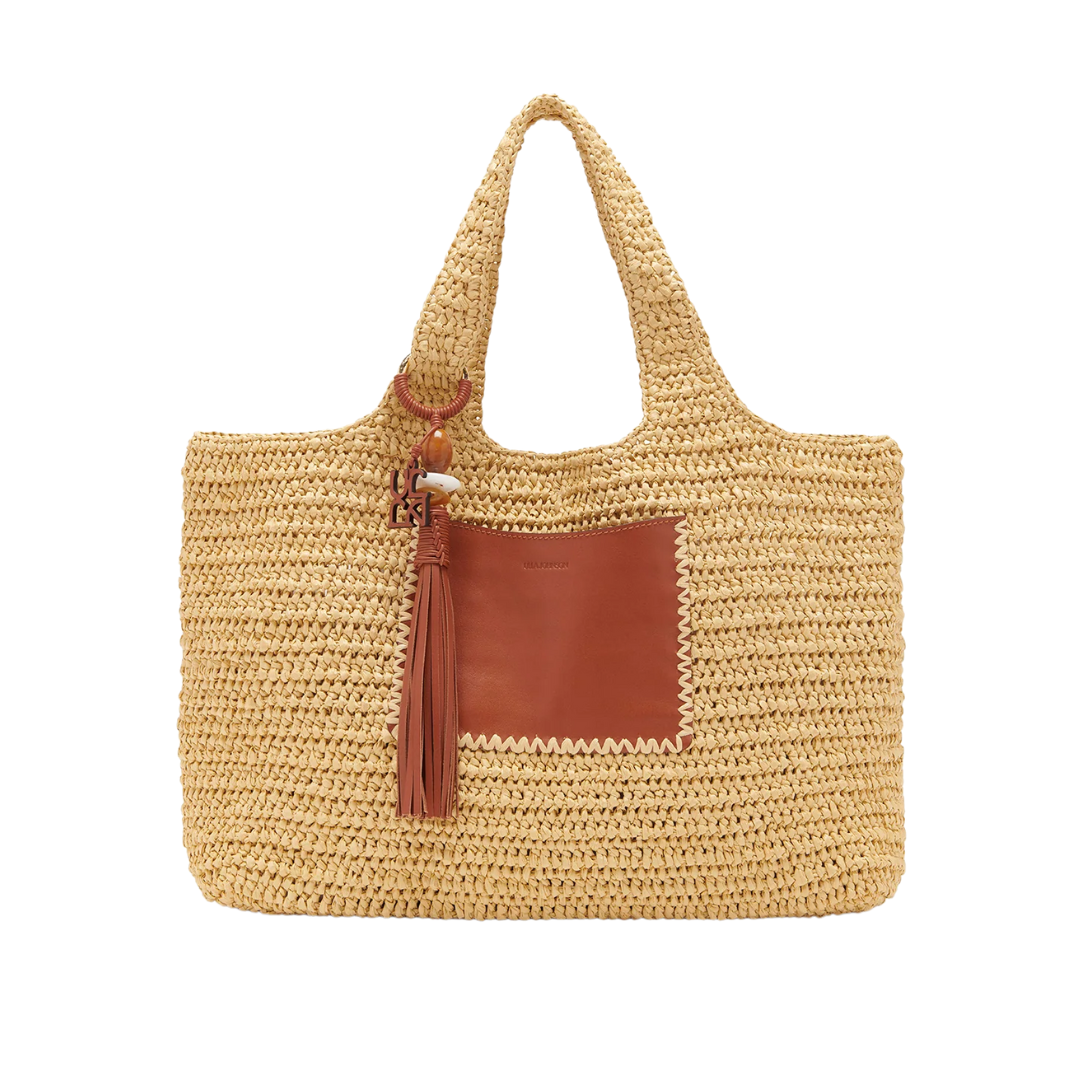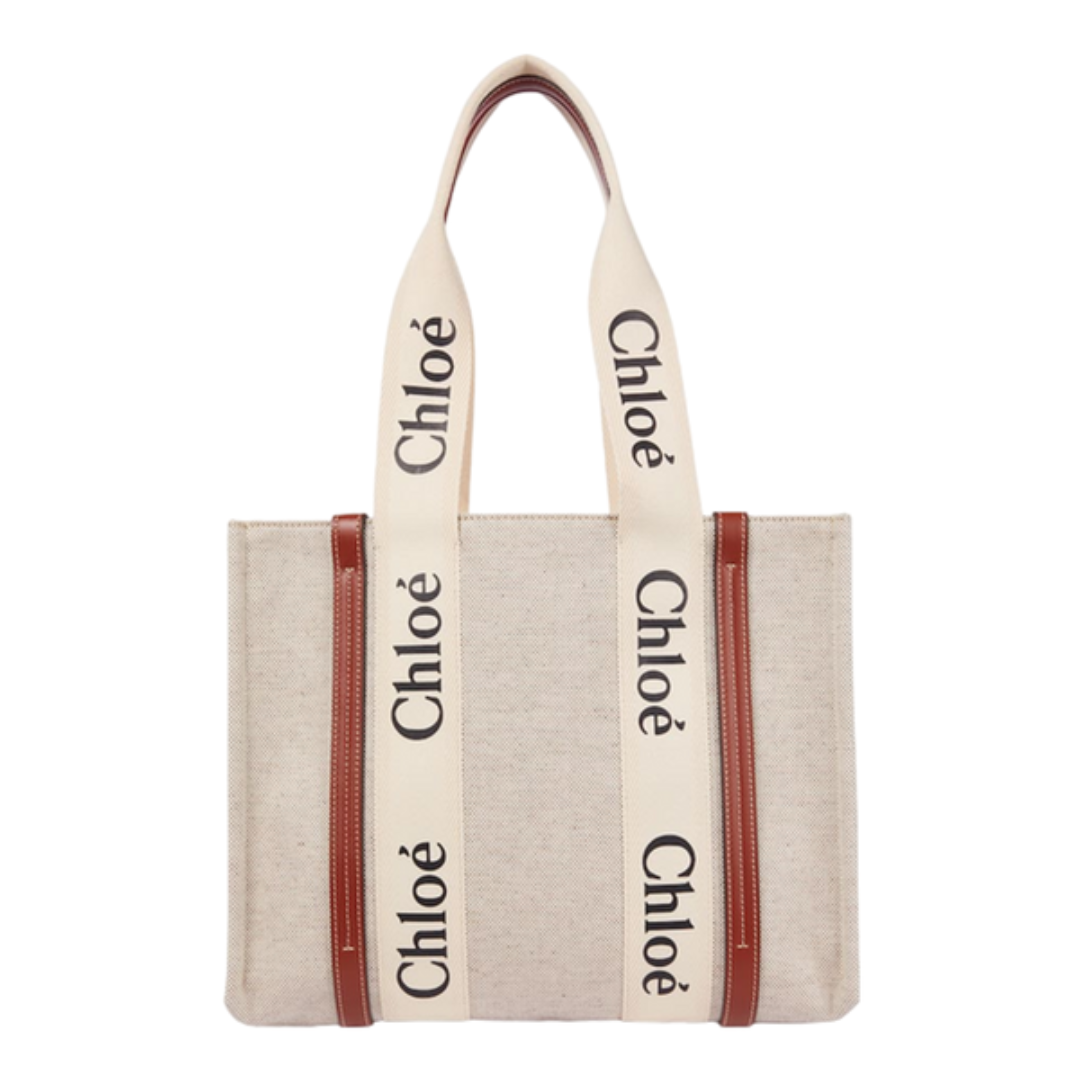SPF Season: Tips for using SPFs [without naming brands]
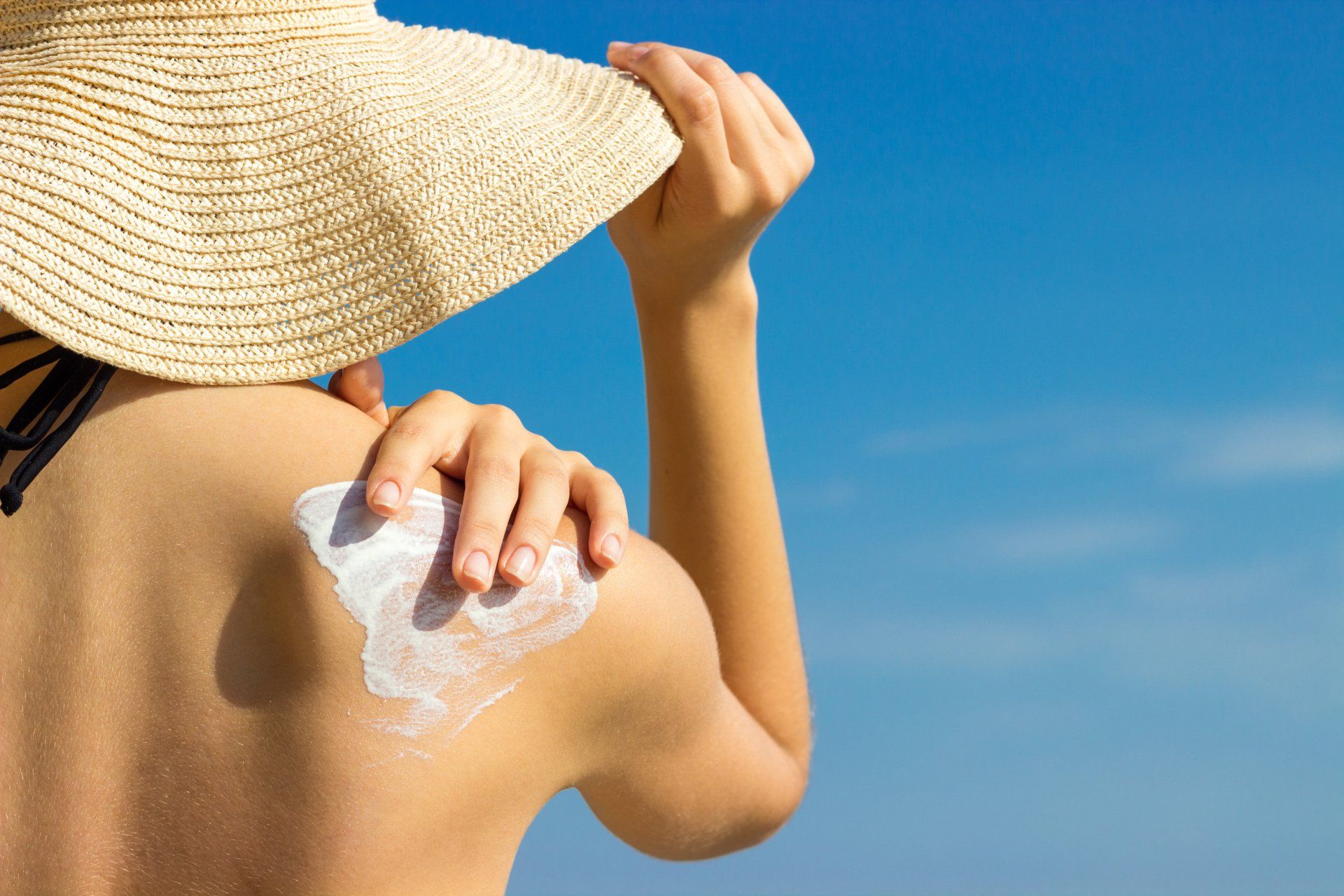
Which SPF for your skin type, which SPF that is environmentally friendly, how to choose an SPF, Pharmacy vs. Luxury SPFs - what's the difference?
Which SPF for your skin type:
If you have acne-prone skin: When the struggle of clogged pores is real, any lightweight, hypoallergenic sunblock is best.
If you have normal skin: Skin that’s not too dry and not too oily needs a sunscreen that doesn’t weigh it down and can be applied every day. Look for ones with organic / natural ingredients.
If you have hyperpigmented skin: Soaking up the sun amps up the production of melanin, the pigment that causes those dark spots. To make sure hyperpigmentation doesn’t get worse (and to prevent more discoloration), use a sunscreen with mica minerals and zinc.
If you have sensitive skin: When your skin gets irritated easily one wants to use a gentle formula. Look for Sunscreens with a sheer transparent Zinc Oxide—just remember to apply 15 minutes before you go outside to give it enough time to sink in.
Which SPF that is environmentally friendly:
Many popular sunscreens contain chemicals that harm the delicate coral reefs found in oceans all over the world. So how do you protect yourself without adding degradation to the environment? Eco-friendly sunscreens that offer broad-spectrum protection from the sun without chemicals that are harmful to aquatic life.
How to choose an SPF:
1. Choose a sunscreen with “broad spectrum” protection. ...
2. Make sure your sunscreen has a sun protection factor (SPF) 30 or higher. ...
3. “Water resistant” does not mean “waterproof.” No sunscreens are waterproof or “sweatproof,” and manufacturers are not allowed to claim that they are.
Pharmacy vs. Luxury SPFs - What's the difference:
The differences in these products are not in the active, sun-blocking ingredients, but rather in the additional “blend” of other ingredients that contribute to the feel and look of the product. The initial differences between these two categories are the non-active ingredients, that contain a proprietary blend of ingredients to create a more cosmetically pleasing sunscreen formulation.



